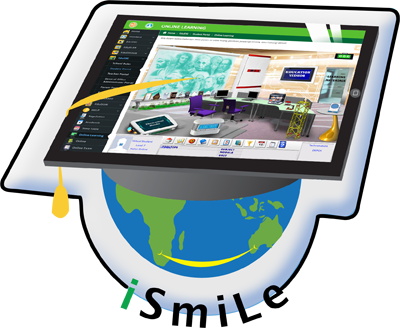Embracing 21st Century Education
The Early History of Education
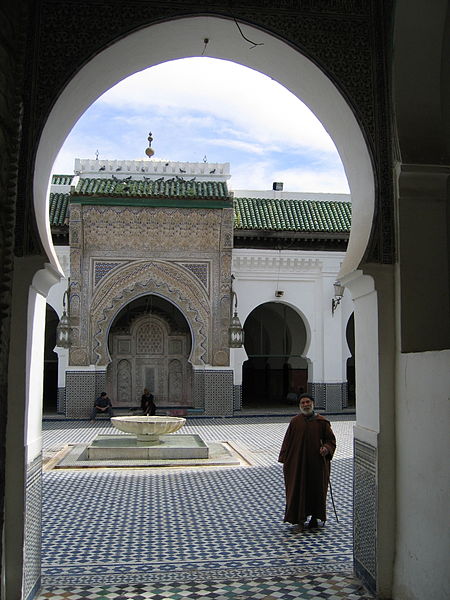
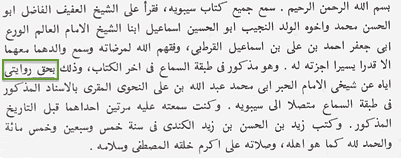
Allah SWT through His Rasul (SAW) has commanded the duty of learning to every Muslim. Throughout the Qur'an one can find a strong emphasis on the value of knowledge in Islam. Muslims are urged to learn and acquire knowledge and achieve a higher rank than those who are ignorant. The rise of Muslims civilization within a very short period was due to its understanding of the message of Islam and its emphasis on learning. When one takes a look at the Qur'an and the traditions of Prophet Muhammad, many references addressed to learning, education, observation, and use of reason. The very first verse of the Qur'an revealed to the Prophet of Islam on the night of 27th of Ramadan in 611 AD reads:
"Recite: In the name of thy Lord who created man from a clot. ...
Recite: And thy Lord is the Most Generous Who taught by the pen, taught man that which he knew not." (Quran, 96:1-5)
The Prophet PBUH highly regarded and appreciated the knowlege persons, even war capture were allowed to be freed after one teach 10 persons to read and write. This was a new characteristic of learning society that preserved a knowledge through writing in mass. The ability to read and write makes a knowledge can be passed from a generation to next generation. Learning becoming a normal activity in the everyday life of a muslim. Anybody are allowed to pursue his/her knowledge to fulfill his/her passion about the Islamic jurisprudence as well as about nature in general.
In 859, Fatima al-Fihri established al-Karaouine, the first formal madrassa (Arabic for school) in the world. It became the first learning institution that granted a certificate known as an ijaza to recognize the students have gained the knowledge and were now qualified to teach others. This type of degree-granting educational institutes quickly spread throughout the Muslim world. By the year of 1000, the Seljuks had established dozens of madrasas throughout the Middle East, and many others did the same. The record shows a manuscript containing the text of the Siqt al-Zand of Abü al-Alã’ al-Ma'arri, an ijaza carrying the date A.H. 542 (= A.D. 1147) and a manuscript of the Kitab Sibawayh copied by Zayd ibn al-Hasan ibn Zayd al-Kindi in A.H. 595 (== A.D. 1198) preserved in the Bibliothèque Nationale in Paris contains an ijaza with the phrase bi-haqqriwayatihi (= ‘the right to teach on the authority of another’) in it.
By the 11th century, many European students were studying at Islamic universities, mostly in Muslim-controlled Spain. When they returned home, they brought back the concept of institutes granting certificates of completion (degrees) to their countries. The Universities of Bologna in Italy and Oxford in England that were founded in the 11th and 12th centuries, continued the Muslim tradition of granting degrees to students who deserved them, and using them to judge of a person’s qualification in a particular subject. The origin of European term of Baccalaureate could be sought to come from an Arabic phrase used in an Islamic academic context, bi-haqqriwayati . Even the term college was derived from Arabic “kulliyat” referring to something urgent or important words that must be understood as a whole.
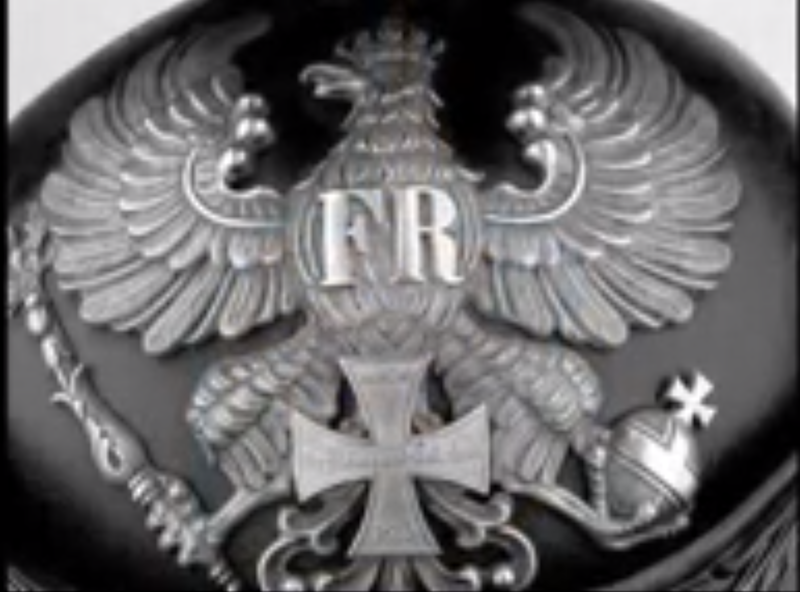
This film "East To West - The Muslim Renaissance" reveals how a golden age of inventions and scholarships thrived in the Islamic World at a time when Europe lingered in a dark age; how Muslim scholars brought together for the first time the ideas of the Greeks and Romans with Persian and Indian mathematics and astronomy and developed them into the beginnings of modern Science
Muslim scientists made significant advances in the sciences. They placed far greater emphasis on experiment than had the Greeks. This led to an early scientific method being developed in the Muslim world, where significant progress in methodology was made, beginning with the experiments of Ibn al-Haytham (Alhazen) on optics from circa 1000, in his Book of Optics. The most important development of the scientific method was the use of experiments to distinguish between competing scientific theories set within a generally empirical orientation, which began among Muslim scientists. Ibn al-Haytham is also regarded as the father of optics, especially for his empirical proof of the intromission theory of light. Some have also described Ibn al-Haytham as the "first scientist" for his development of the modern scientific method.
It is a fact that the muslim started to decline the learning quest in the 12th century, after the vast library in Spain were burned and some materials were taken to the west as knowledge to gear the West Renaissance
In the early 12 century in the West, learning activities were scarce and mostly expensive, Education in Medieval England for example, had to be paid for and was difficult for peasants to enter since they could not have hoped to have afforded the fees , Even after that, the sons of the peasants could only be educated if the lord of the manor had given his permission. Any family caught having a son educated without permission was heavily fined. This policy was simply an extension of those in authority to keep peasants in their place, as an educated peasant/villein might prove to be a threat to his master as he might start to question the way things were done. The educated people in the country mostly those who were worked in the church however since they had taken a vow of isolation, their work remained isolated with them
The current rigid schooling system was directly adopted from Prussia (modern day Germany). This model of "free and compulsory" education was designed by the Prussian Emperor, in order to generate obedient workers and soldiers who would not question his authority. It is a tax-funded and generally compulsory primary education, comprising of an eight-year course of primary education, called Volksschule where 90 percent of the his population must attend "people’s schools" where they learned obedience, cooperation and correct attitudes, along with rudiments of literacy and the official state version of history. The school aimed to mold the poor "to accept all the efforts peculiar to their class." It provided not only the skills needed in an early industrialized world (reading, writing and arithmetic), but also a strict education in ethics, duty, discipline and obedience. This factory approach to schooling has been remarkably durable until now: children enter school at the same age, are sorted into age-based grade levels, exposed to standardized curricula and textbooks, assessed at fixed points, and expected to progress at the same rate as their peers.
Paradigm Shift in Education
The Prussian education system is outdated for today's world. It was great during the industrial age, but it is now breaking down due to the emergence of information technology. No longer does learning have to be one-size-fits-all or confined to the classroom. The internet has enabled instant global communication and access to information, and it holds the key to enacting a new educational system, where students use information at their fingertips and work in teams to accomplish more than what one individual can alone. Students take more responsibility for their own learning and study core content either individually or in groups before class and then apply knowledge and skills to a range of activities using higher order thinking. The classroom action is shifted from passive to active learning and focus on the higher order thinking skills such as analysis, synthesis and evaluation.
We are currently witnessing a paradigm shift in education, from face to face in enclosed classroom, moved to virtual learning where learning process take place anywhere through online methods. Hundreds of thousands of students are taking advantage of e-learning in school. Most public schools have offered some form of e-learning instructions using Learning Management Systems. There are many different instructional and enrollment models range from fully independent self-paced (asynchronous) courses to semester-based virtual (synchronous) teacher-facilitated courses. ICT helps many schools to blend the physical classroom with the virtual class, where students gain first exposure to new material outside of class, usually via reading or lecture videos, and then class time is used to do the harder work of assimilating that knowledge through strategies such as problem-solving, discussion or debates.
Recently, we have seen a new huge education initiative called Massive Open Online Course, MOOCs. Several well-financed American providers emerged, associated with top universities, including Udacity, Coursera, and edX to provide online course aimed at unlimited participation and open access via the web. In addition to traditional course materials such as videos, readings and problem sets, MOOCs provide interactive user forums that help build a community for the students, professors, and teaching assistants (TAs).
MOOCs concept has become so popular that its use has spread throughout the world, both within academic circles and among independent learner groups. Asia, Europe, Australia and Latin America have shown great interest and launched their own kind of MOOCs to cater their own need. Last year the New York Times pronounced 2012 as the “Year of the MOOC” in education.
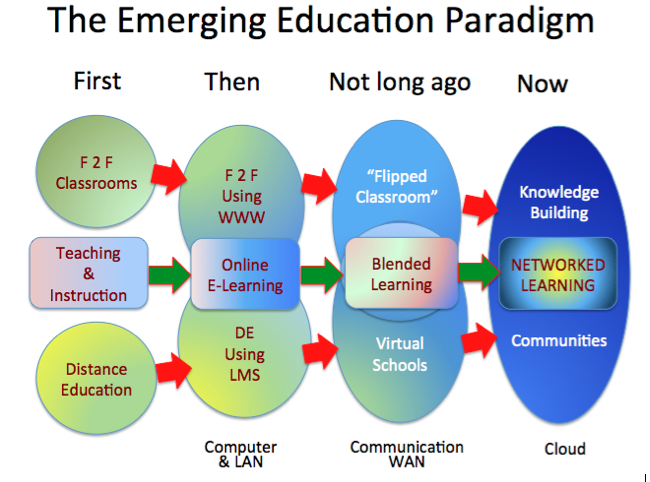
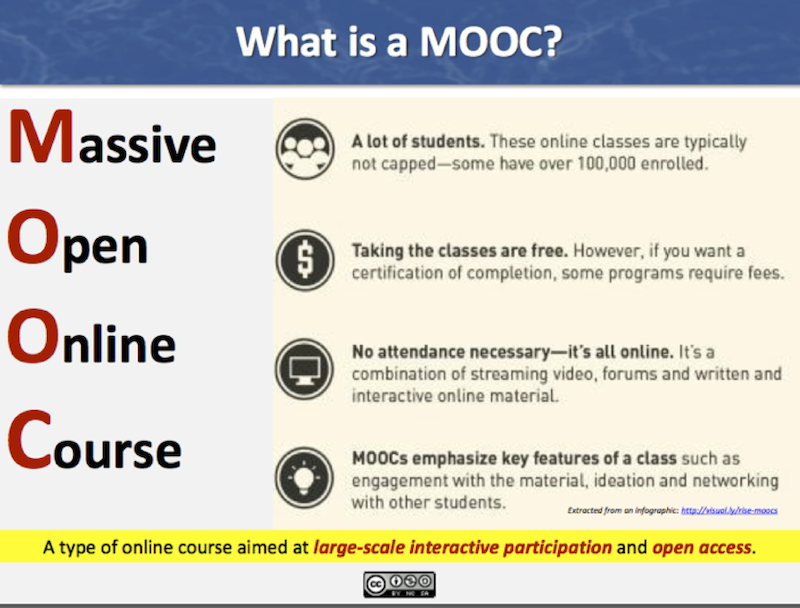
21st Century Learning
Imam Ali RA, The fourth Caliph, once said " Prepare the generation for the things that come at the their time ” meaning that we must think forward to educate our next generation with the tool of tomorrow. Through informal and formal education, the next generation is being prepared for their futures. Its clear that, a good education must preserve and pass on the culture, values, history from the past but it also needs to equip people with the skills to cope with unforeseen problems in the future. \
Fourteen centuries later we hear the same message forwarded by Alvin Toffler in his trilogy.
" All education springs from some image of the future. If the image of the future held by a society is grossly inaccurate,its education system will betray its youth."
― Alvin Toffler
Bernie Trilling suggested that to embrace the 21st Century, the learning process should taken account of 3R (Reading, ’Riting and ’Rithmetic ) and 7C (Critical Thinking-and-Doing, Creativity, Collaboration, Cross-cultural Understanding, Communication, Computing, Career & Learning Self-reliance). To revive this philosophy of education for the future, we we need revisit some fundamental assumptions. These are the sorts of basic questions we should be asking in formulating the education for the 21st century.
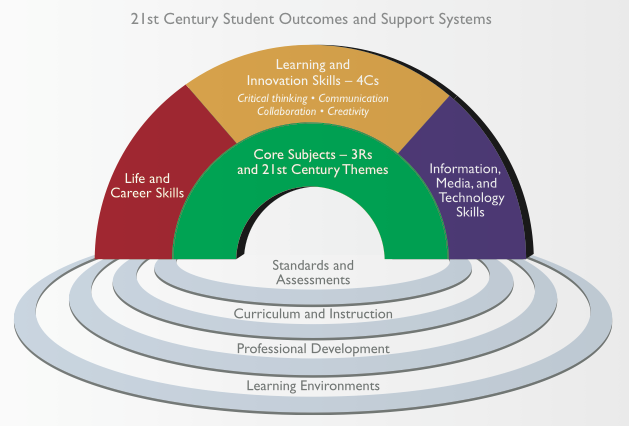
This aspiration was developed further by a Partnership for the 21st Century Skills, a coalition of business community, education leaders, and policymakers in USA to position 21st century readiness. The outcome is a Framework that presents a holistic view of 21st century teaching and learning that combines a discrete focus on 21st century student outcomes (a blending of specific skills, content knowledge, expertise and literacies) with innovative support systems to help students master the multi-dimensional abilities required of them in the 21st century and beyond. The key elements of 21st century learning are represented in the graphic below.
Twenty-first-century learning means that students master content while producing, synthesizing, and evaluating information from a wide variety of subjects and sources with an understanding of and respect for diverse cultures. Students demonstrate the three Rs: Reading, wRiting, aRithmetic, but also the Four Cs: creativity, communication, Critical Thinking and collaboration. They demonstrate digital literacy as well as civic responsibility. Virtual tools and open-source software create borderless learning territories for students of all ages, anytime and anywhere.
The Islamic school can adopt the target outcome, but with addition of another R, for Religious traits. Hence for Madrassas or Islamic learning Institutions, we can define the outcome for 21st Century learning Edu = (RC)4
The CALIPHs of 21st century have this (RC)4: a strong foundation on Religious traits, Reading, 'Riting, 'Rithmetic, and is providing innovative solutions to problems, with a Creative, Communicative, Critical Thinking, and Collaborative mindset.


